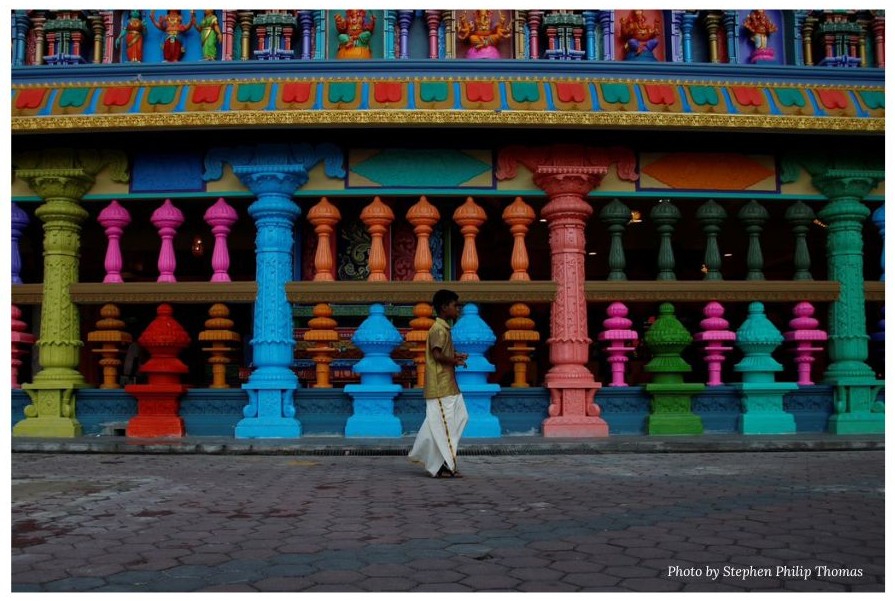Literary Cartography of Performance Ecologies in Sheela Tomy’s "Valli"
Main Article Content
Abstract
The present era, marked by the onset of posthumanism, is not just an antithesis to humanism but a return to a pre-humanism era where the aspects of the non-human and human existed. As a result, themes of blurring boundaries between humans and other species, climate catastrophes and ecological crises are predominantly narrativised, propelling us to look at the entanglements of human narratives, realities of geography, environment and history in studying sites of literature through the framework of performance ecologies provided by Jeff Grygny. Sheela Tomy’s Valli is one of the most recent in creating ecological awareness. In the picturesque setting of the idyllic village of Wayanad, Valli unfolds, seamlessly weaving together the essence of the locale. The traditional art forms, oral histories, dance, music, and divine invocations play a crucial role in evoking a profound sense of place. As we immerse ourselves in these cultural expressions, it becomes evident that they serve as powerful tools for analysing narrative as a spatially symbolic act, intricately mapping the memory and schema of the village. Inextricably linked to the earth, the novel foregrounds performance ecologies as a holistic interconnection of human and non-human spacetimes, thereby transforming into an intelligent discourse on spatial politics and environmental justice- a testimony to Pramod K Nayar’s description of Ecoprecarity. The paper argues that the competitive entanglement of performance ecology and spatial memory through the narrative at a literary representation level evokes a sense of ecoprecarity, which is crucial in recognition of either altering or expanding our notion of systems of sustainability.
Keywords: Ecology, Ecoprecarity, Indigenous Community, Performances, Spatiality
Downloads
Article Details

This work is licensed under a Creative Commons Attribution 4.0 International License.
Copyrights of all materials published in SARE are retained by the authors. Authors may republish their work or grant others permission to republish it. We would be grateful if republication is accompanied by an acknowledgment that the work was originally published in SARE.
References
Arons, Wendy, and Theresa J. May. “Introduction.” Palgrave Macmillan US eBooks, 2012, pp. 1–10. https://doi.org/10.1057/9781137011695_1.
Barnett, Clive. “Disseminating Africa: Burdens of Representation and the African Writers Series.” Open Research Online, Jan. 2006, https://oro.open.ac.uk/7140/1/New_Formations2.pdf.
Di Battista, Amanda, et al. “Conversations in Queer Ecologies: An Editorial.” UnderCurrents
Journal of Critical Environmental Studies, vol. 19, Oct. 2015, pp. 3–5. https://doi.org/10.25071/2292-4736/40253.
Giannachi, Gabriella, and Nigel Stewart. Performing Nature: Explorations in Ecology and the Arts. Peter Lang, 2005.
Nayar, Pramod K. Ecoprecarity: Vulnerable Lives in Literature and Culture. Routledge, 2019.
Performance Ecology | Play on Milwaukee. playonmke.com/performanceecology.
Tally, Robert T. “Spatiality’s Mirrors: Reflections on Literary Cartography.” The Journal of English Language and Literature, vol. 61, no. 4, Dec. 2015, pp. 557–76. https://doi.org/10.15794/jell.2015.61.4.002.
Tally, Robert T., Jr. Literary Cartographies: Spatiality, Representation, and Narrative. Springer, 2016.
Tomy, Sheela. Valli: A Novel. Harper Collins, 2022.
Wyse, Lowell. Ecospatiality: A Place-Based Approach to American Literature. University of Iowa Press, 2021.
